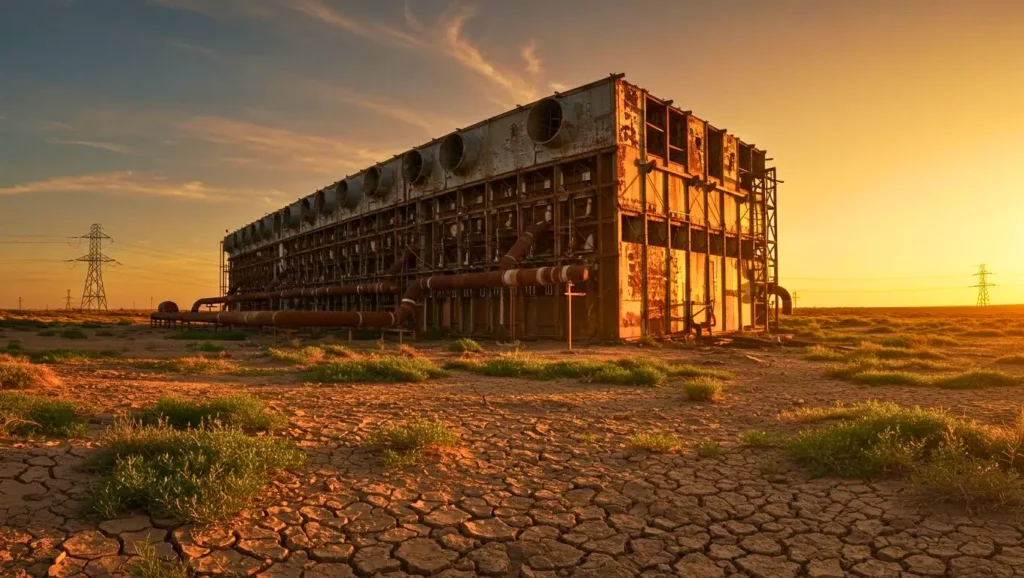Hungry computers, insatiable data, ever-heavier models: generative artificial intelligence may well be the hidden face of the climate crisis. Between energy, water, rare metals, and invisible pollution, its exponential growth raises questions about the sustainability of the digital realm. It also poses a crucial question: how far can we push the machine without disrupting the planet’s balance?
Requests Increasingly Hungry for Energy: The Dazzling Example of ChatGPT
Behind every question posed to an AI, there is a very real energy cost. According to researchers from the universities of Rhode Island and Tunis, a query to ChatGPT-3 requires approximately 3 Wh. With the latest versions, such as ChatGPT-5, this rises to between 18 and 20 Wh.
By multiplying this by the 2.5 billion daily queries, we reach a consumption level equivalent to that of 1.5 million American households. Additionally, an American household uses, on average, twice as much electricity as a French household.
In France, the situation is evolving rapidly. Data centers now consume 10% of the national electricity production, compared to just 2% three years ago. This dramatic increase raises an urgent question: how long can this model remain sustainable?
An Invisible Deluge: The Water Consumption of AIs Worries Climatologists
Servers need to maintain a stable temperature. That’s why data centers have replaced traditional air conditioning with water cooling. As a result, an average data center uses up to 1.5 million liters of water daily. This amount is equivalent to the consumption of 13,000 households.
Moreover, the manufacturing of chips required for AIs also demands enormous quantities of ultrapure water. In Taiwan, TSMC uses 150,000 tons of water per day at just one site, accounting for over 10% of the island’s total consumption.
Consequently, in countries like the Netherlands, the pressure is such that constructing new data centers is no longer feasible. Water resources have become as critical as electricity.
A Race for Power Colliding with Planetary Limits
Generative AI fuels a global competition. To stay ahead, there is a constant need to increase computing power, acquire more Nvidia GPUs, exploit more rare metals, and build more servers and data centers.
This model raises alarms among researchers and NGOs like The Shift Project. Their conclusion is clear: AIs are in direct conflict with the planet’s ecological requirements. Some metals used in chips are also essential for the energy transition, particularly for batteries and wind turbines.
Meanwhile, tech giants are relying on nuclear energy to meet their growing energy demands. However, global electricity production is already struggling to keep pace.
Necessary Digital Planning: Putting AI to Work for the Climate, Not the Other Way Around
The issue extends beyond technical matters; it has become political. We must ask the right questions. Is it relevant to apply AI everywhere? Which applications are genuinely useful? Which ones are merely marketing ploys or overstatements?
This is why The Shift Project calls for a democratic debate on digital planning. This process aims to establish priorities, regulate certain uses, and, if necessary, prohibit others. In summary: restoring meaning to technological innovation.
Generative AI possesses immense potential. However, without firm regulation, it could become an accelerator of climate disruption rather than a tool for combating it.




